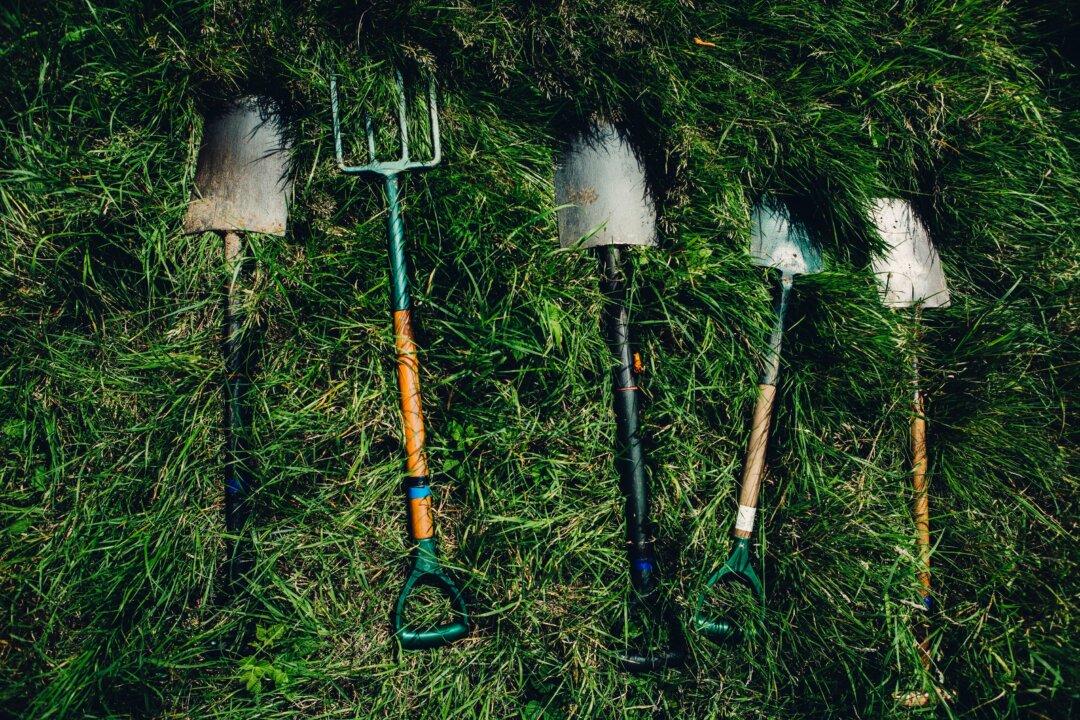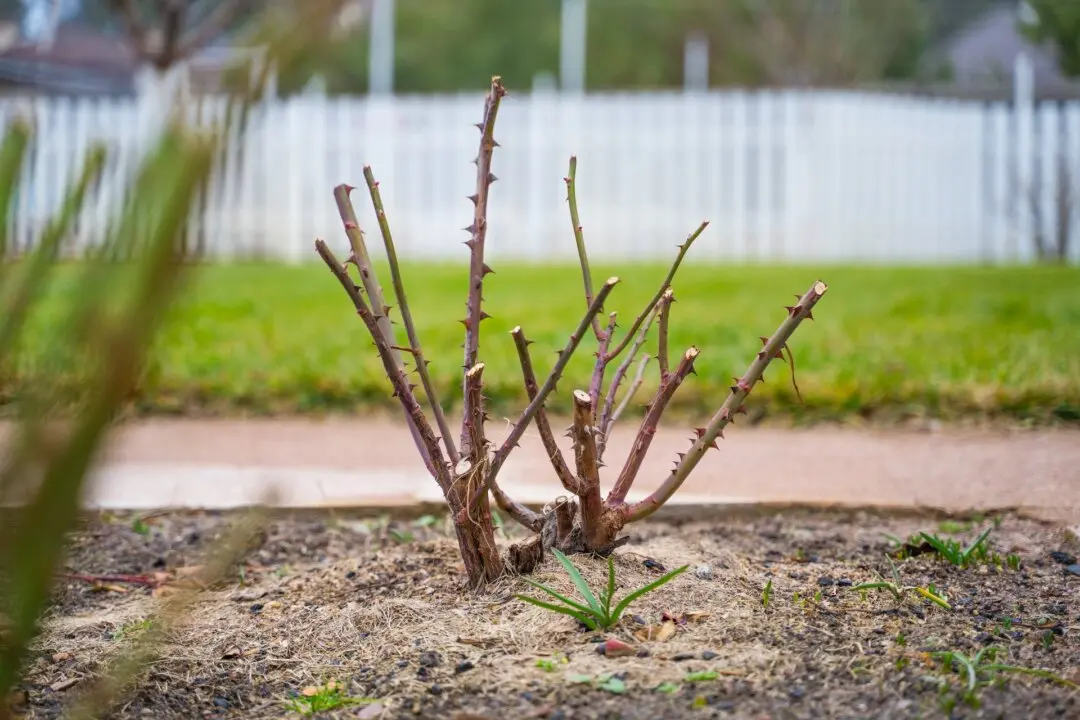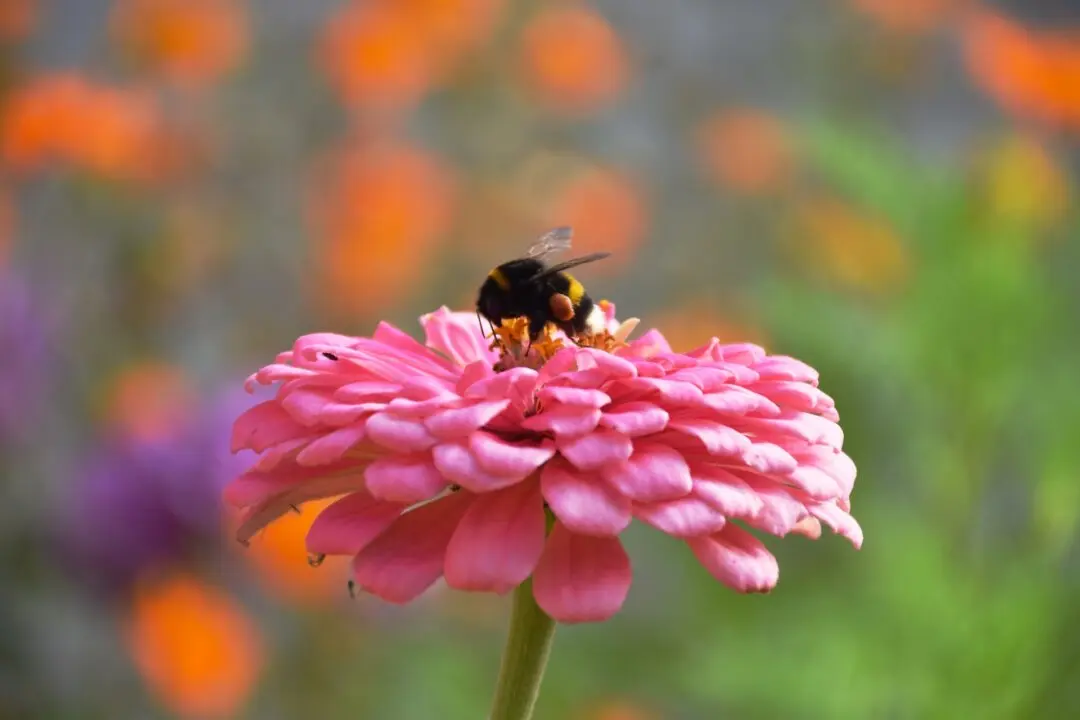There is still plenty of time to do some important gardening work before winter arrives.
In your annual, perennial, and vegetable beds, it is often a good idea to remove dead stems and leaves from any plants that had insect or disease problems. This will help slow the spread of these problems next spring. If you have a big compost pile that will break down the material, then go ahead and compost it. If the pile will not fully heat up to kill the cause of the problems, it may be best to bag and remove it. Burning the material may be acceptable in some areas. Speaking of fire, if the dead matter will increase wildfire risk, then it should be removed.





